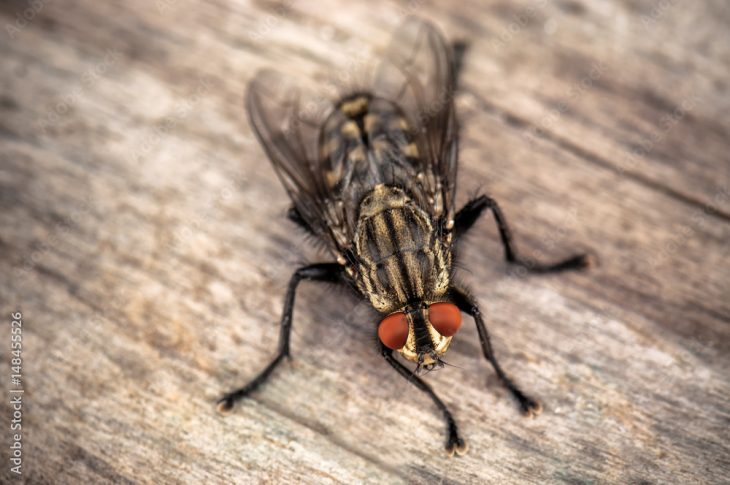
Have you ever wondered about the different varieties of insects buzzing around our world? From the dazzling colors of butterflies to the bizarre shapes of beetles, insects offer us a glimpse into nature’s creativity. Imagine stumbling upon a bug that looks like a twig or one that mimics a leaf perfectly. Some insects even have superpowers, like walking on water or glowing in the dark! This list of 13 unique insects will take you straight to the weird, wonderful, and sometimes wacky world of these tiny creatures. Ready to meet some of the most extraordinary insects on the planet? Let’s get started!
1
of 13
Orchid Mantis
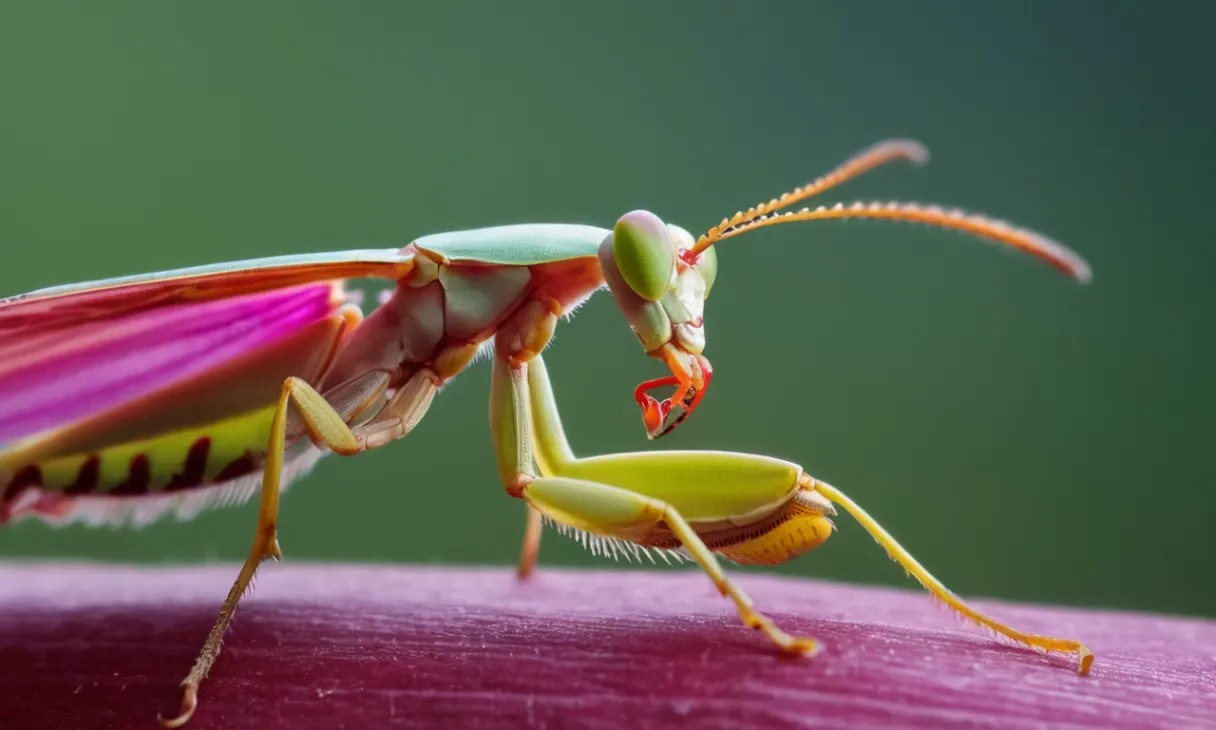
The Orchid Mantis, considered a master of disguise in the insect world, can mimic the appearance of orchid flowers. This lures potential prey and evade predators at the same time. Its delicate pink and white coloring allows the orchid mantis to blend seamlessly into its floral surroundings. The insect is not just visually striking but also showcases unexpected predatory behavior and adaptations.
Read More About Orchid Mantis: 33 Best Orchid Mantis Facts
2
of 13
Damselfly
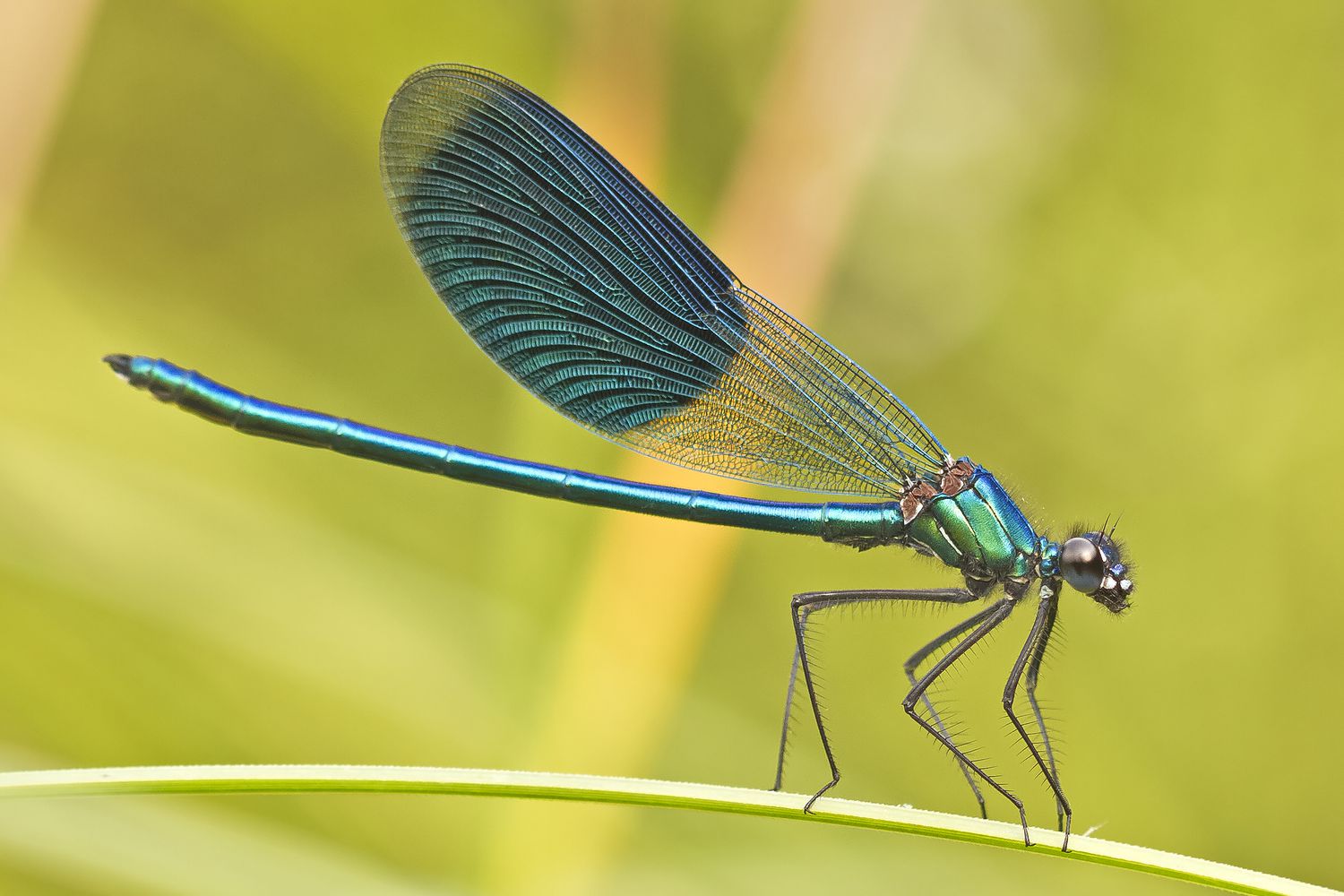
Damselflies are slender, delicate insects known for their vibrant colors and graceful flight. With their distinctive long bodies and intricate wings, they are often mistaken for dragonflies. However, damselflies can be distinguished by their smaller size and the way they hold up their wings parallel to their bodies when at rest. These fascinating creatures are commonly found near freshwater habitats, where they play important roles in controlling insect populations.
Read More About Damselfly: 15 Facts About Damselflies
3
of 13
Stick Bug
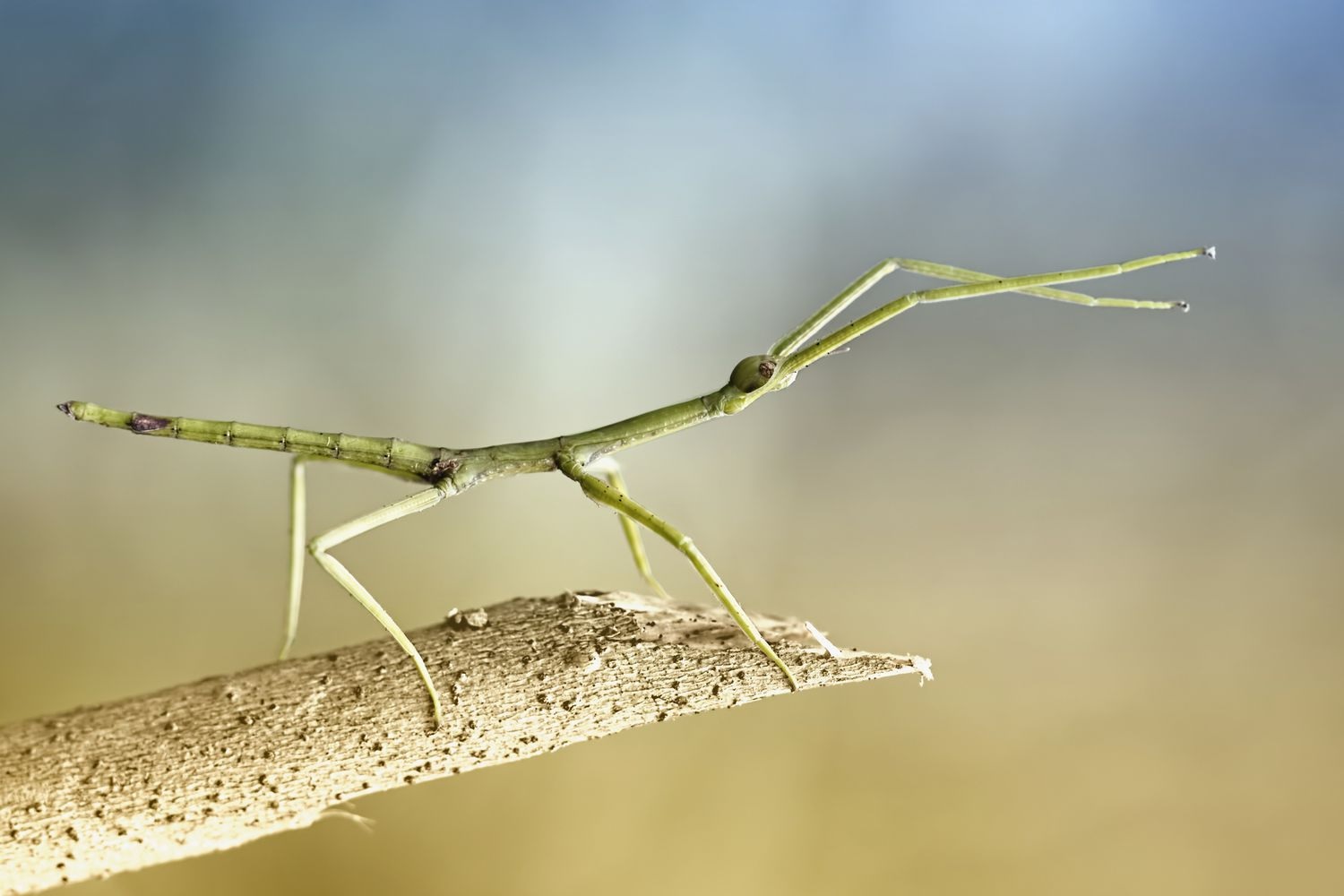
Stick bugs, also known as stick insects or walking sticks, are masters of camouflage. Their long, slender bodies and twig-like appearance help them blend seamlessly into their surroundings, making them virtually invisible to predators. These remarkable insects are herbivores, feeding primarily on leaves and vegetation. Despite their fragile appearance, stick bugs are surprisingly resilient and have developed various defense mechanisms to avoid enemy detection.
Read More About Stick Bug: 20 Amazing Facts About Stick Bugs
4
of 13
Bee Orchid
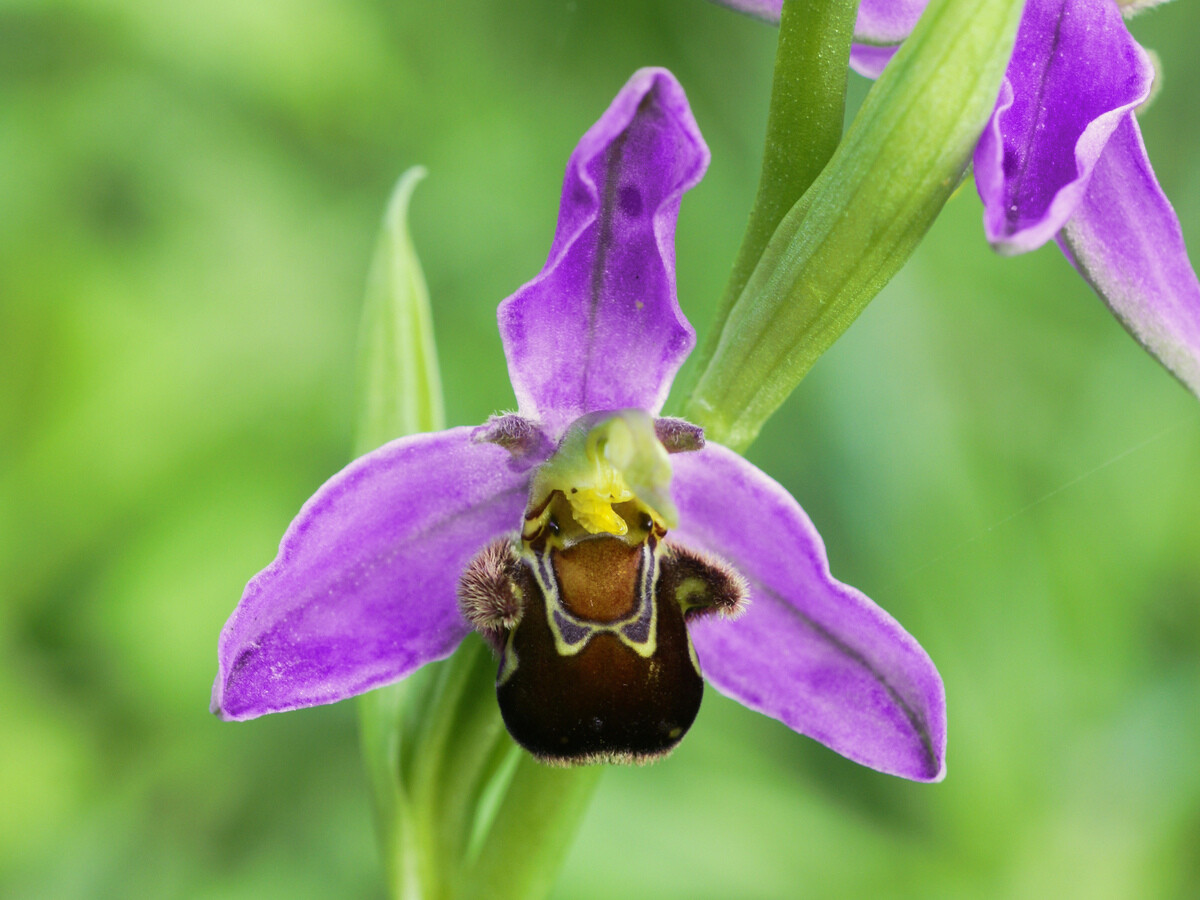
The Bee Orchid, a marvel of mimicry in the botanical world, earned its name from its uncanny resemblance to a bumblebee. This clever adaptation serves as a strategy for attracting pollinators. With its intricate patterns and colors resembling a female bee, unsuspecting male bees are lured in, unknowingly aiding in the orchid’s pollination. The Bee Orchid’s fascinating evolutionary strategy highlights the intricate relationship between plants and pollinators as well as the intriguing nature of this bee species!
Read More About Bee Orchid: 13 Mind-blowing Facts About Bee Orchid
5
of 13
Goliath Beetle
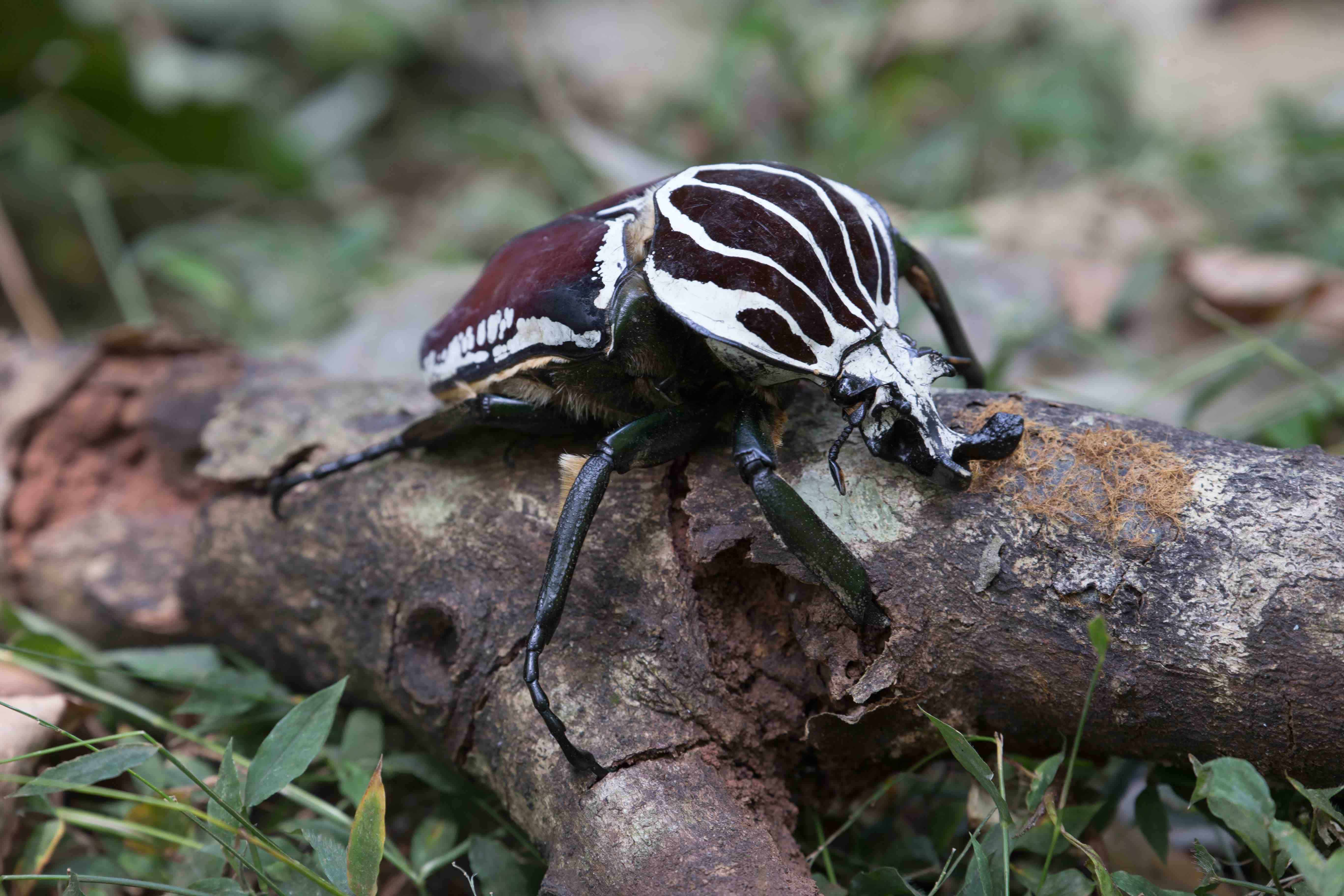
Goliath beetles are real show-stoppers and are known as the heaviest insects on the planet. These colossal critters can weigh up to 3.5 ounces and measure nearly 4 inches long. Found in Africa’s tropical forests, they live on a diet of tree sap and fruit. Their striking appearance includes a shiny, armored exoskeleton that’s often black or brown, and sometimes with white patterns. Goliath beetles are surprisingly strong, capable of lifting objects over 800 times their own weight. Intrigued by these gigantic bugs?
Read More About Goliath Beetle: Goliath Beetle Facts
6
of 13
Peacock Spider

Meet the peacock spider, nature’s dazzling dancer! This tiny arachnid, only about 5mm long, boasts of brilliant colors and mesmerizing courtship dances. Found primarily in Australia, these spiders flaunt iridescent scales, making them look like miniature peacocks. Males perform elaborate dances, waving their legs and vibrant abdomens to attract mates. Despite their small size, their beauty and behavior have caught the attention of scientists and nature lovers. Get ready to be amazed by these stunning creatures when you see them, and you’ll soon understand why they’re considered the world’s prettiest spiders.
Read More About Peacock Spider: Peacock Spider Facts
7
of 13
Praying Mantis
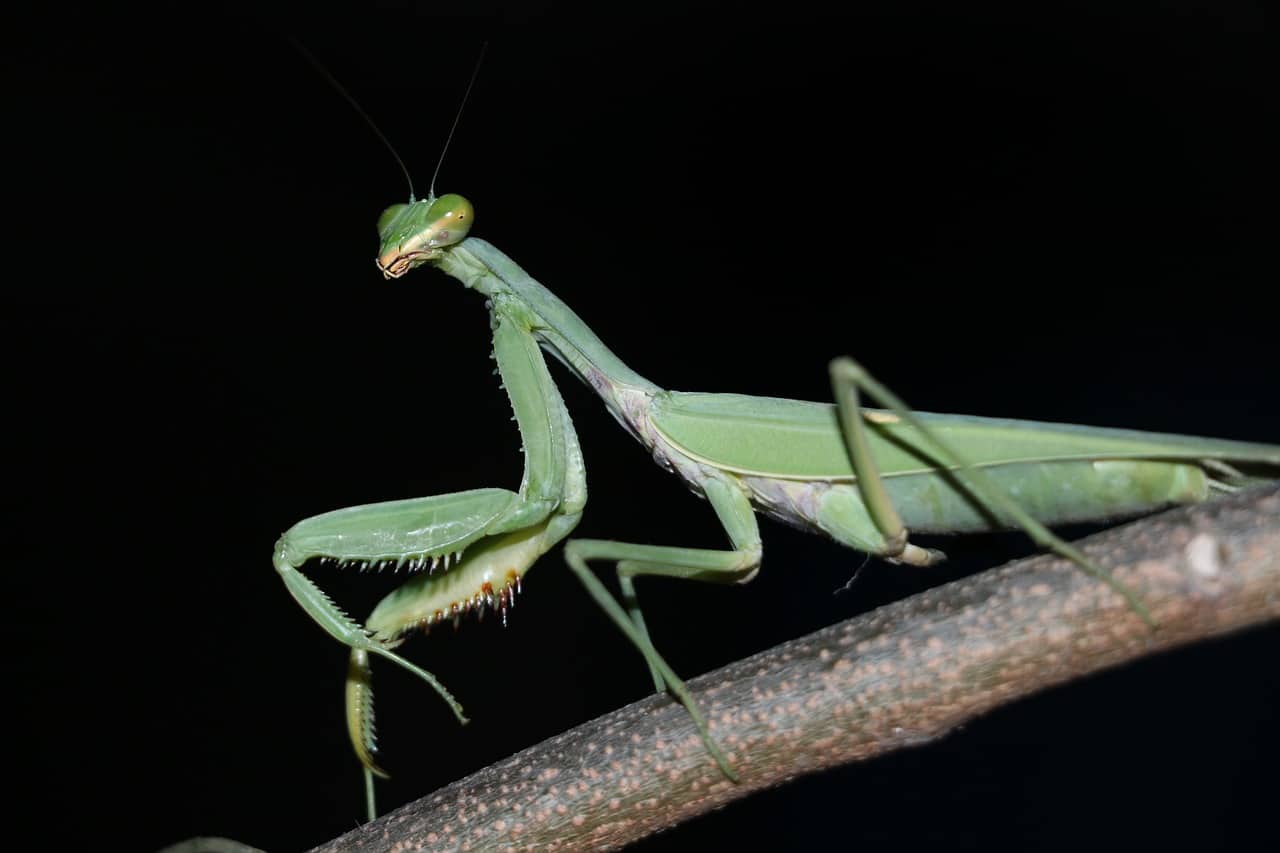
Praying mantises are insects with an array of astonishing traits. Known for their distinctive “praying” posture, these tiny creatures have some seriously cool abilities. They can rotate their heads 180 degrees, use camouflage to blend into surroundings, and even track their prey with stereo vision. Some species also display vibrant colors, while others remain masters of disguise. Female mantises are infamous for occasionally munching on males post-mating, adding a wild twist to their reproductive lives. With over 2,400 species worldwide, every praying mantis will likely have its own set of quirks that makes it even more amazing.
Read More About Praying Mantis: Praying Mantis Facts
8
of 13
Leafcutter Ant
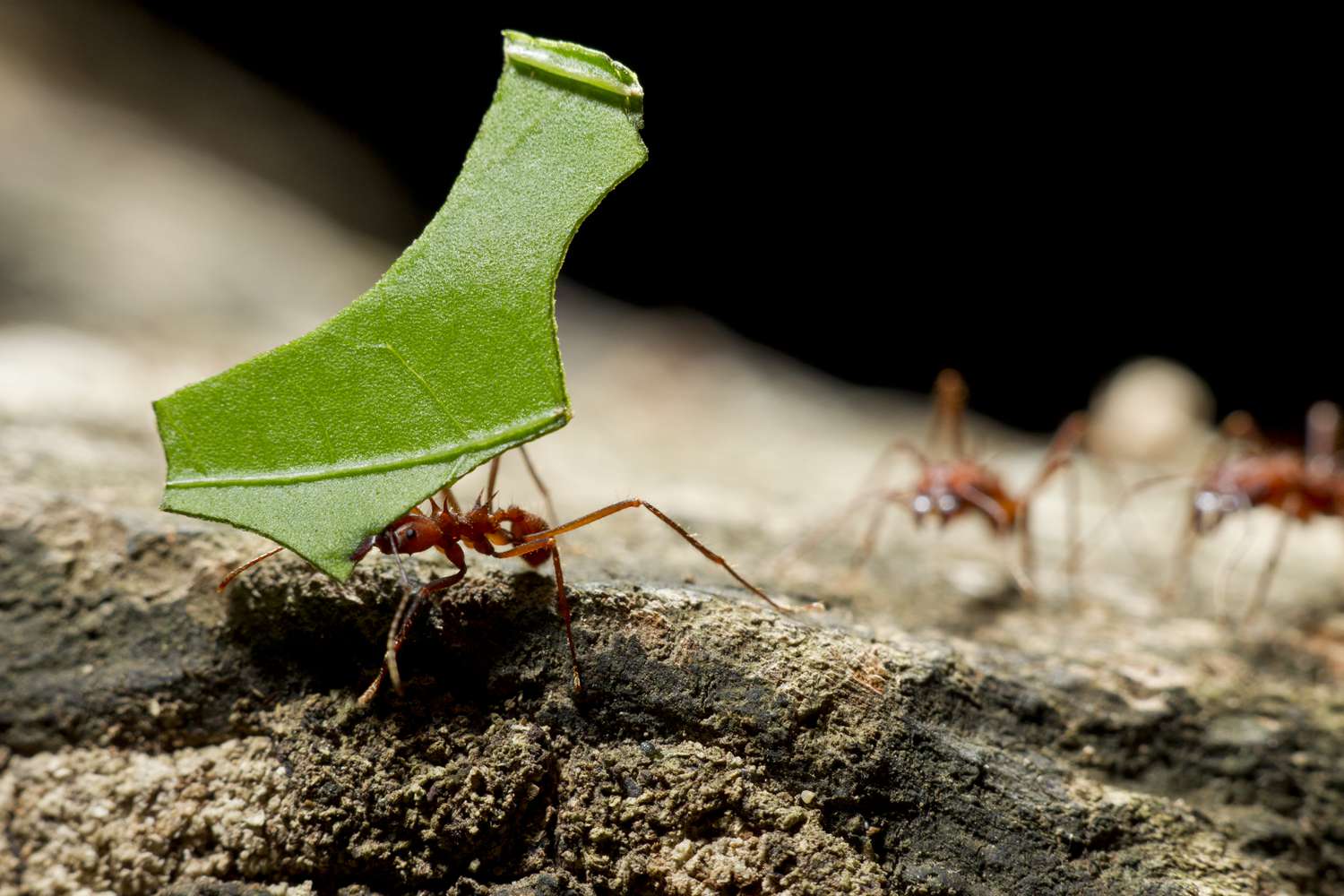
Leafcutter ants are insects known for their unique ability to cut and carry leaves to their underground nests. These industrious critters don’t eat the leaves themselves but use them to cultivate fungus, which serves as their primary food source. Found in the warmer regions of Central and South America, leafcutters live in highly organized colonies with millions of members. Each ant has a specific role ranging from workers and soldiers to the queen. Their farming system is one of nature’s most sophisticated examples of mutualism. These little farmers are truly one of nature’s wonders!
Read More About Leafcutter Ant: 15 Leafcutter Ant Facts
9
of 13
Firefly
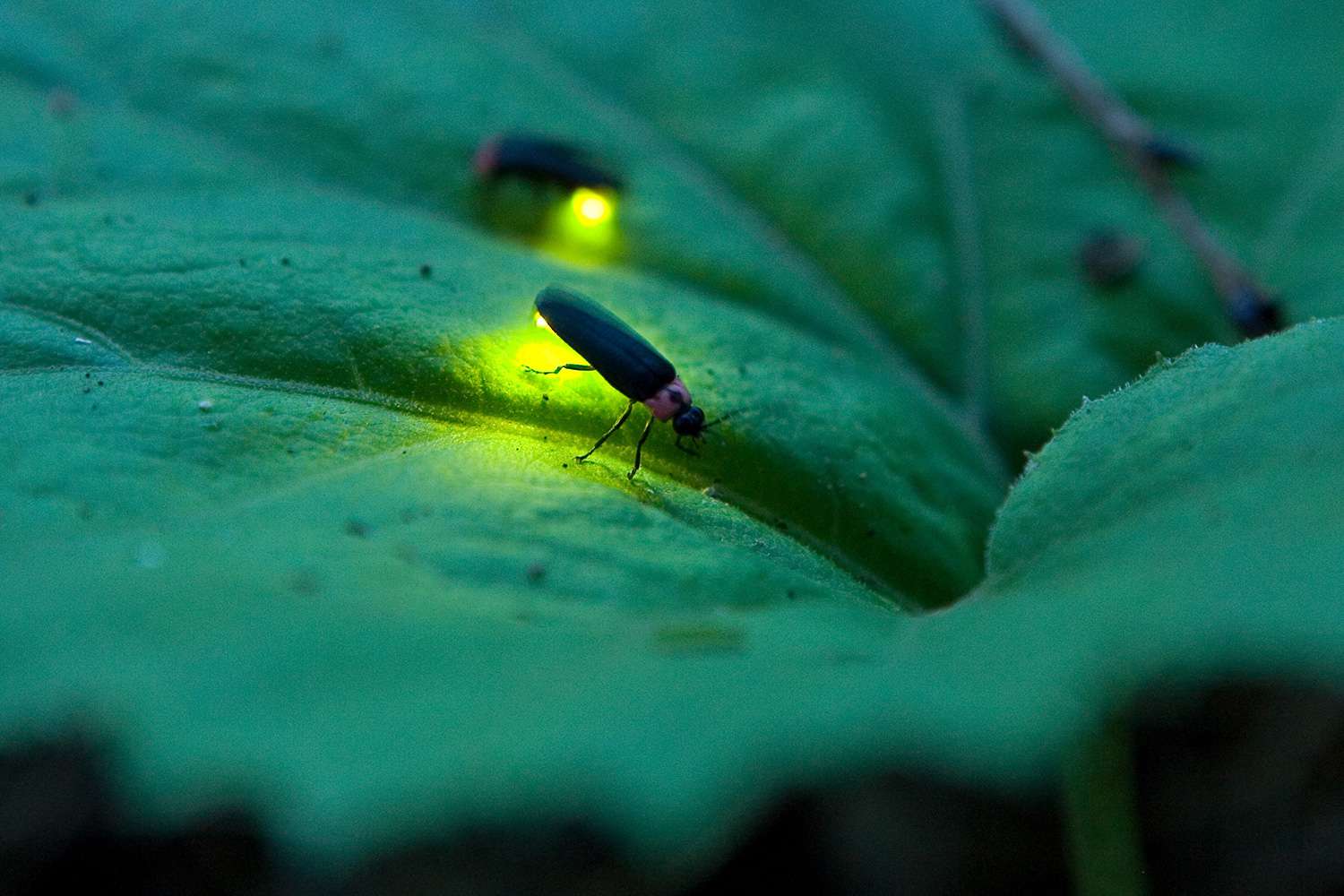
Fireflies, or lightning bugs, are nature’s living lanterns. These bioluminescent beetles, known for their enchanting glow, use light to attract mates and ward off predators. Found in warm, humid regions, fireflies usually flash their lights in sync, creating a mesmerizing spectacle. Their larvae, often called glowworms, also emit light. Fireflies are fascinating not just for their light show but for their mysterious lifecycle and habitats.
Read More About Firefly: 18 Facts About Fireflies
10
of 13
Dragonfly
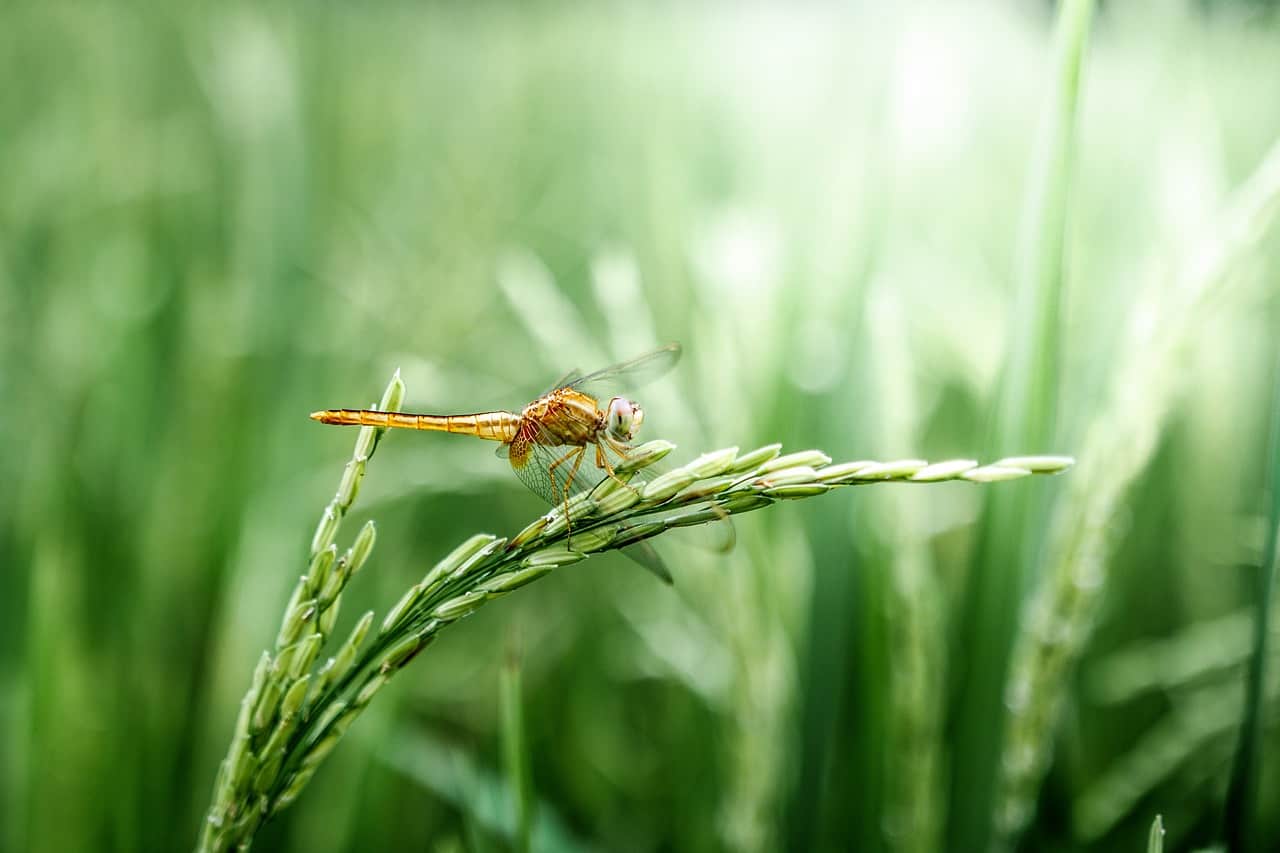
Dragonflies are more than just pretty wings and swift flights. These green-colored insects have a range of surprising traits that make them unique. From their prehistoric roots to their incredible hunting skills, dragonflies have many secrets. With the ability to fly backward, see in nearly every direction, and snag their prey in mid-air, dragonflies are like nature’s tiny helicopters. Some species even migrate like birds! Intrigued by these aerial acrobats? Enter their world and prepare to be enchanted.
Read More About Dragonfly: Dragonfly Facts
11
of 13
Cicada
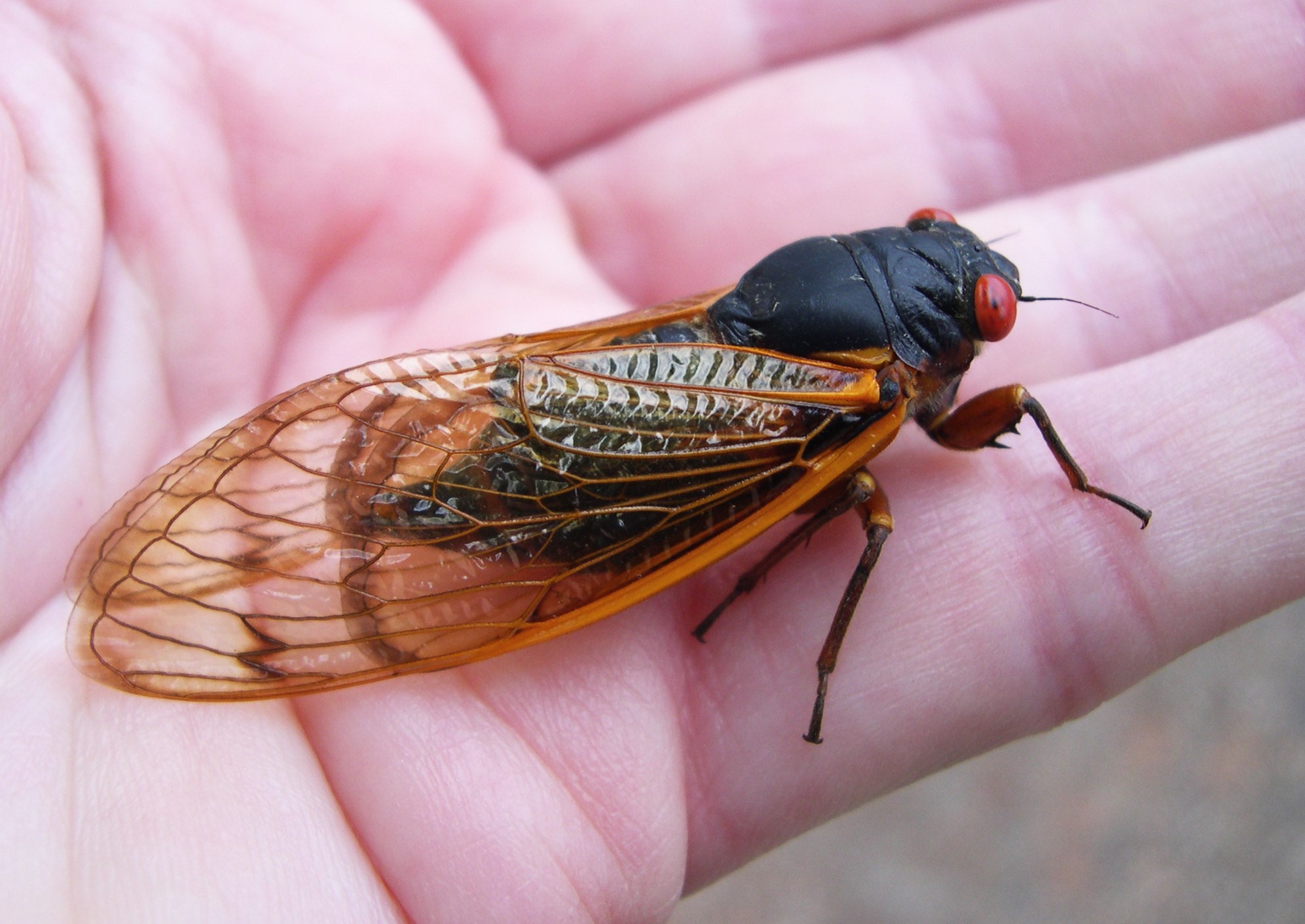
Cicadas, one of nature’s loudest insects, are truly fascinating creatures. Known for their distinctive buzzing, these critters spend most of their lives underground. Emerging in cycles, some species only appear every 13 or 17 years. Their unique life cycle and loud mating calls make cicadas them stand out in the insect world. Found in various parts of the globe, they play significant roles in ecosystems, like providing food for predators and aerating soil. With striking eyes and translucent wings, cicadas are intriguing to both scientists and nature enthusiasts.
Read More About Cicada: 16 Facts About Cicadas
12
of 13
Luna Moth
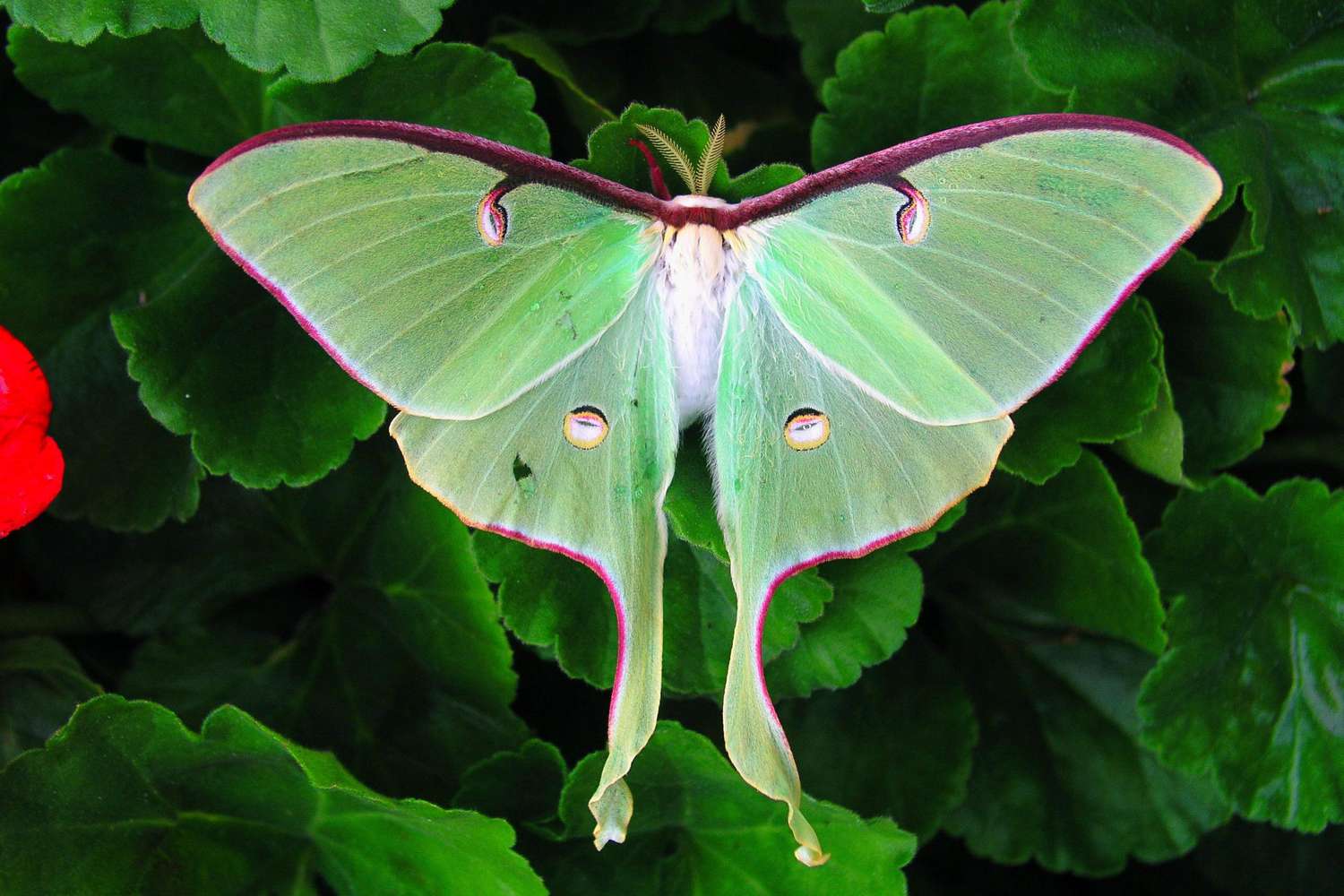
Luna moths, one of nature’s dazzling wonders, are a sight to behold given their vibrant green wings and moon-like eyespots. These nocturnal marvels boast of a wingspan that can reach up to four and a half inches, making them one of North America’s largest moths. Despite their grandeur, adult luna moths live for only about a week, their sole purpose being to reproduce. Did you know that they don’t eat? They merely rely on fat that gets stored during their caterpillar stage. From their unique mating dances to their impressive camouflage abilities, luna moths offer a treasure of incredible traits that’ll make you see them in a whole new light!
Read More About Luna Moth: 15 Luna Moth Fun Facts
13
of 13
Blue Morpho Butterfly
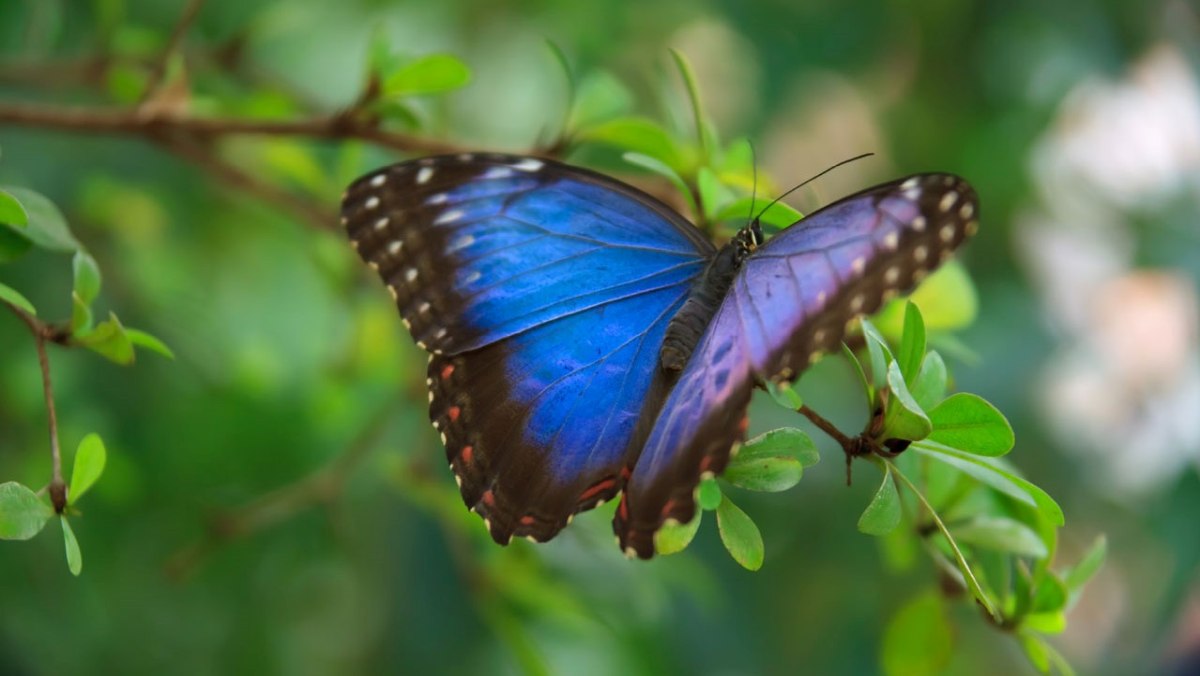
Ever wondered about the stunning Blue Morpho butterfly? These beauties, with their perennial blue wings, are one of the most recognized insects on Earth. Native to Central and South American rainforests, they captivate with wings spanning up to eight inches! Their vibrant color isn’t from pigments but are actually microscopic scales that reflect light. Predators see dull brown undersides when the wings are closed, thus providing effective camouflage to the butterfly.
Read More About Blue Morpho Butterfly: 33 Great Blue Morpho Butterfly Facts
Was this page helpful?
Our commitment to delivering trustworthy and engaging content is at the heart of what we do. Each fact on our site is contributed by real users like you, bringing a wealth of diverse insights and information. To ensure the highest standards of accuracy and reliability, our dedicated editors meticulously review each submission. This process guarantees that the facts we share are not only fascinating but also credible. Trust in our commitment to quality and authenticity as you explore and learn with us.
